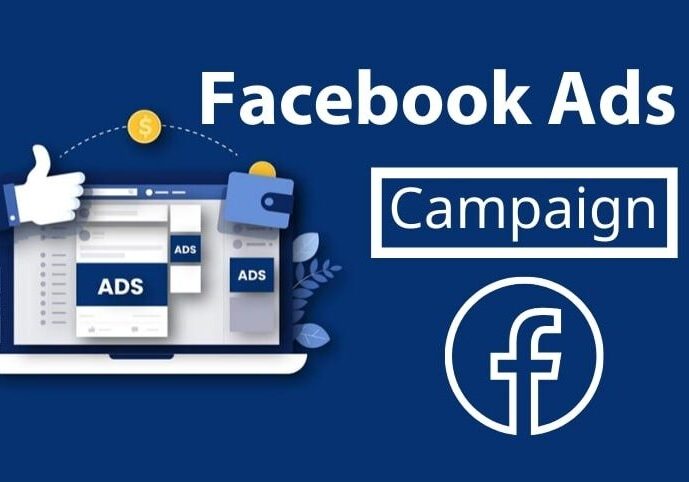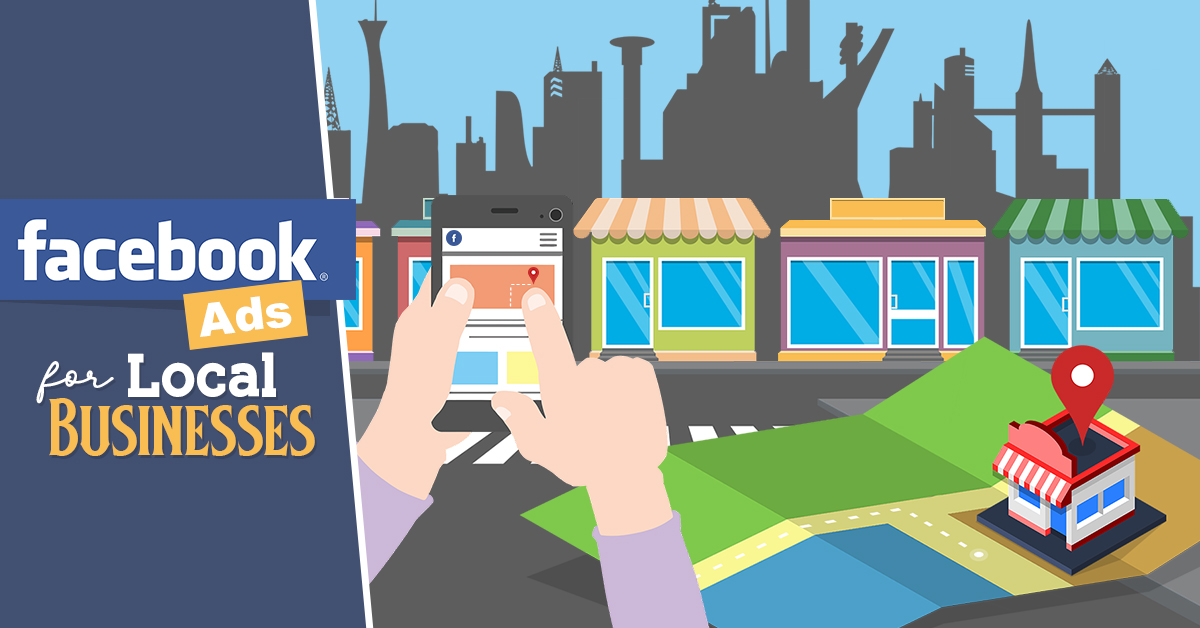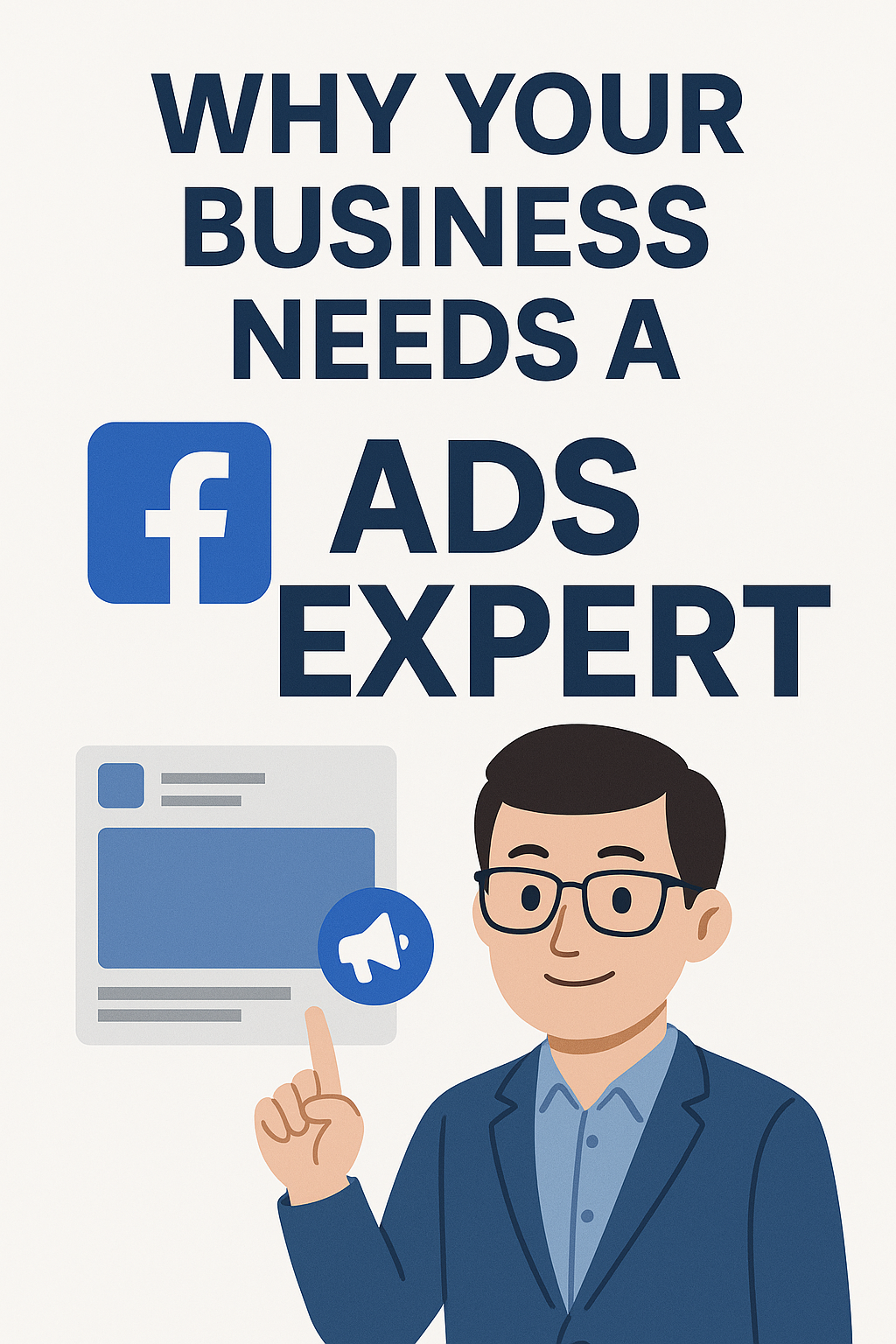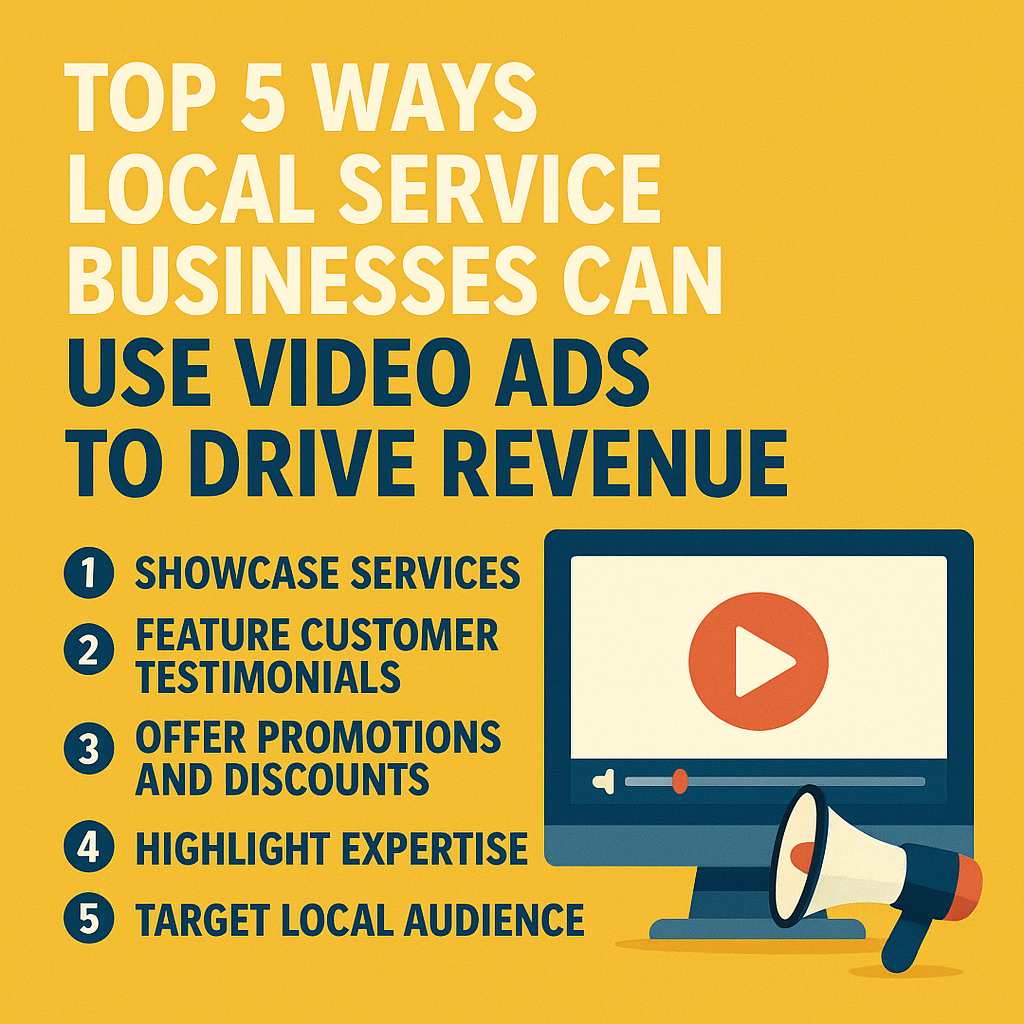Facebook is no longer for aunts posting kitten memes and old school friends posting vacation photos. One of the largest marketing platforms. Facebook targeted marketing has transformed companies seeking to distinguish themselves.
How does it work so well? How can you utilize it to increase true consumer involvement, not simply likes?
Talk about that.
The Real Power Behind Facebook Targeted Marketing
Here’s the thing: Facebook knows people. Creepy accurate sometimes, but undeniably powerful for marketing. It collects tons of user data: interests, behavior, pages followed, locations, demographics, you name it.
And that’s exactly what makes Facebook targeted marketing so effective. Instead of throwing your ad into the internet void and hoping someone bites, you’re showing your ad only to people who are most likely to care.
Imagine owning a fitness brand and being able to target:
- Women aged 25–40 who like gym pages
- People who’ve recently searched for home workouts
- Users who’ve interacted with nutrition content in the past week
That’s not random. That’s precision. And that’s what gets engagement.
Why Engagement Actually Matters?
You might think clicks or impressions are the goal. Nope. Engagement is the secret sauce.
Individuals liking, commenting, sharing, or stopping your ad educates the Facebook algorithm to understand that your content is important. The system is based on the number of likes, which shows your posts to more people.
That’s how small businesses start competing with big names by simply connecting better.
Engagement also builds trust. Think of it: when customers interact with your posts, they start recognizing your brand. They remember your tone, your offers, and your products. Over time, that casual scroll turns into loyalty.
How Facebook Targeted Marketing Actually Boosts Engagement
Alright, so here’s where things get interesting. You can’t just boost random posts and expect miracles. Engagement comes from smart targeting plus good content. Let’s break it down.
1. Precise Audience Targeting
Facebook lets you define your audience so narrowly it’s almost unfair.
You can target by:
- Demographics: Age, gender, education, job, relationship status
- Interests: Pages liked, hobbies, entertainment choices
- Behaviors: Purchase habits, travel history, device usage
For example, if you run a skincare brand, you can target women aged 25–45 who follow beauty influencers or have recently browsed skincare tutorials.
That’s direct. You’re not wasting ad spend on people who couldn’t care less about your brand.
2. Lookalike Audiences
Let’s say you already have loyal customers. Facebook can find lookalike people with similar interests and behavior patterns. It’s like cloning your best customers.
This expands your reach while keeping engagement levels high because those new users are naturally more likely to interact.
3. Retargeting Magic
Have you ever noticed that an ad follows you around after you visit a website once? That’s what retargeting is. Facebook’s Pixel feature keeps track of those who visited your site but didn’t buy anything.
You may then run advertising for them that reminds them of what they missed, maybe with a little discount. It’s not forceful; it’s planned.
This method keeps your brand in their minds. It’s like a small push that says, “Hey, don’t forget us!”
4. Interactive Ad Formats
Static postings are okay, but interactive material really gets people excited. These forms keep visitors clicking and scrolling: videos, carousels, polls, and even tales.
Short, engaging films that illustrate how to utilize a product or what goes on behind the scenes seem more personal. They automatically ask for comments and shares.
5. Smart Ad Timing and Placement
Facebook gives insights on when your audience is most active. Post or run ads around those times to get more eyeballs and interactions.
And use multiple placements like Instagram stories, Messenger, and Audience Network to reach people wherever they are online.
The Role of a Paid Social Media Advertising Agency
Facebook’s ad system can feel like a jungle. You’ve got campaign objectives, pixel tracking, bidding strategies, and analytics dashboards that look like rocket science.
That’s where a paid social media advertising agency steps in.
Agencies live and breathe data. They know how to:
- Design scroll-stopping creatives
- Set up ad funnels that actually convert
- Analyze which audiences engage best
- Optimize budget allocation for better ROI
Working with a professional agency saves you from wasting money on ads that don’t perform. It also gives you access to insights you probably wouldn’t notice yourself.
If you’re serious about scaling engagement and conversions, this move can take your marketing game from decent to damn good.
CTA: Partner with the experts at Social Web
They help businesses like yours dominate Facebook through smart targeting and creative strategy.
The Content Side of Engagement
Targeting is half the story. The other half? Content that actually makes people care.
If your ad looks like every other “Buy Now!” message, people will scroll right past it. You need emotion, curiosity, or value.
A few tips:
- Use short, punchy headlines.
- Talk directly to your audience (“You,” not “Customers”).
- Show real people using your products.
- Tell stories; don’t just list features.
For example:
Instead of “Affordable Home Decor,” try “Your walls deserve better than beige. Let’s fix that.”
Feels more human, right?
When people relate, they engage.
Tracking and Adjusting: The Not-So-Fun but Crucial Part
Once your campaign runs, don’t ghost it. Keep checking what works.
Facebook’s analytics show:
- Engagement rate (likes, comments, shares)
- Reach and impressions
- Click-through rates
- Conversion data
If something’s flopping, tweak your audience or creative. Sometimes, even changing one line of copy can turn a dud ad into a performer.
Remember that Facebook marketing is ongoing. Testing, learning, and improving are ongoing.
Final Thoughts
Build interactions with Facebook targeted marketing, not simply run advertisements. People care about your brand more when you connect.
A paid social media advertising agency can transform casual scrollers into dedicated followers with targeted, innovative storytelling and professional planning.
Today’s digital world values engagement, and Facebook provides you with the tools to get it. Be wise with them.
Boost your customer engagement with Social Web today
FAQs
How do Facebook ads help in customer targeting?
Facebook tracks interests, demographics, and behavior. This lets advertisers target ads to the most probable viewers. Since it targets the right individuals, it saves money and increases ad engagement.
How to boost engagement on Facebook?
Post often, use polls, videos, and reels, and answer quickly to comments. That, plus targeting the proper audience, will boost likes, shares, and conversations.
How does Facebook measure the success of audience engagement?
Facebook measures comments, reactions, sharing, linking up, and video watching. It measures the duration of time spent by users of your content. Such lessons will make future advertisements better.
How does Facebook use targeted ads?
Targeted advertising is used to reach the right people by tapping into their user information such as age, location, hobbies, and activity. Facebook then gives precedence to advertisements to individuals who are likely to click or purchase.






